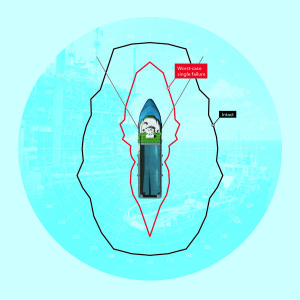New Standard for Reliable DP Capability Assessments
 DNV GL has presented its new standard for assessing the station keeping capability of dynamic positioning (DP) vessels. The ability to assess and compare the position-keeping capability of a ship equipped with dynamic positioning technology is vital during the planning and design phases, and provides valuable operational decision support. The DNVGL-ST-0111 standard is the first to provide a unified approach to these assessments, ensuring verifiable results and increasing transparency in the market.
DNV GL has presented its new standard for assessing the station keeping capability of dynamic positioning (DP) vessels. The ability to assess and compare the position-keeping capability of a ship equipped with dynamic positioning technology is vital during the planning and design phases, and provides valuable operational decision support. The DNVGL-ST-0111 standard is the first to provide a unified approach to these assessments, ensuring verifiable results and increasing transparency in the market.
The DNVGL-ST-0111 standard defines clear and consistent requirements for DP station-keeping capability assessments, the calculation method documentation and the presentation and verifiability of the results. Addressing both the intact vessel condition and the worst-case single failure conditions, it also corresponds to the vessel’s dynamic positioning class notation. The standard defines three different DP capability levels, each requiring a specific assessment method. The calculations use the Beaufort wind scale as well as significant wave height, wave period and current speed data as input. DP capability plots are generated for each level, and the results of the assessment are expressed with a DP capability number in the format of DP Capability-LX (A, B, C, D), where X is 1, 2 or 3 corresponding to the analysis level. The standard also defines two additional DP capability assessment levels, allowing for the inclusion of site-specific environmental data and external forces (Level 2-Site and Level 3-Site).
In support of the new standard, DNV GL has also developed a web application, which helps users calculate DP capability numbers for Level 1. In addition, DNV GL’s Marine Cybernetics Advisory team also provides services and a web tool based on cloud computing to assess a vessel’s DP capability according to Level 2, Level 3 and their site versions.






